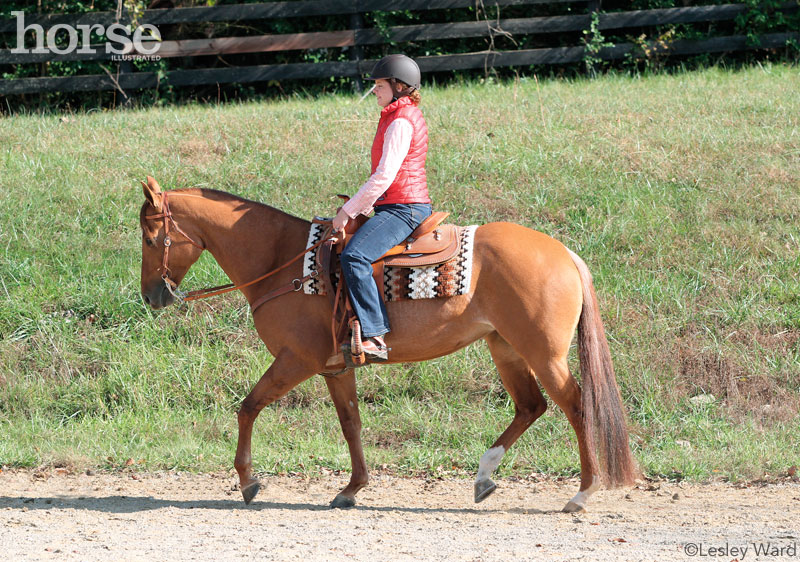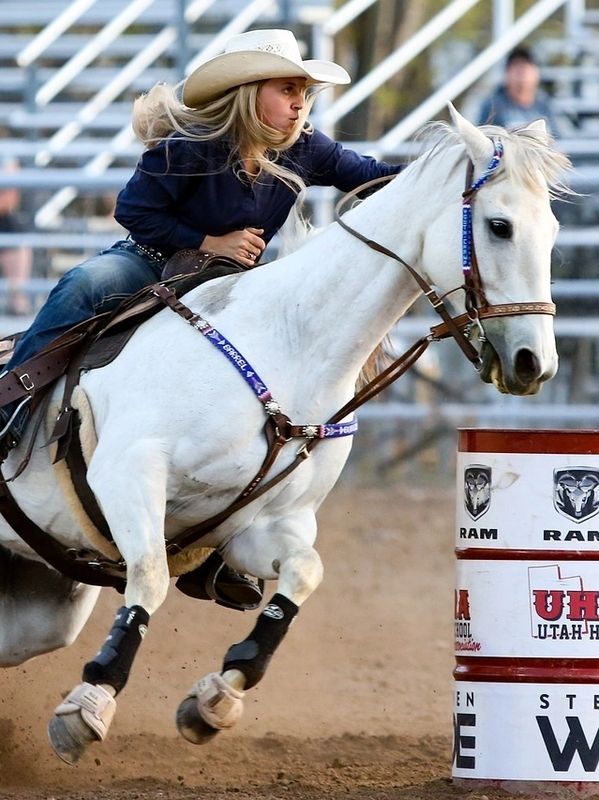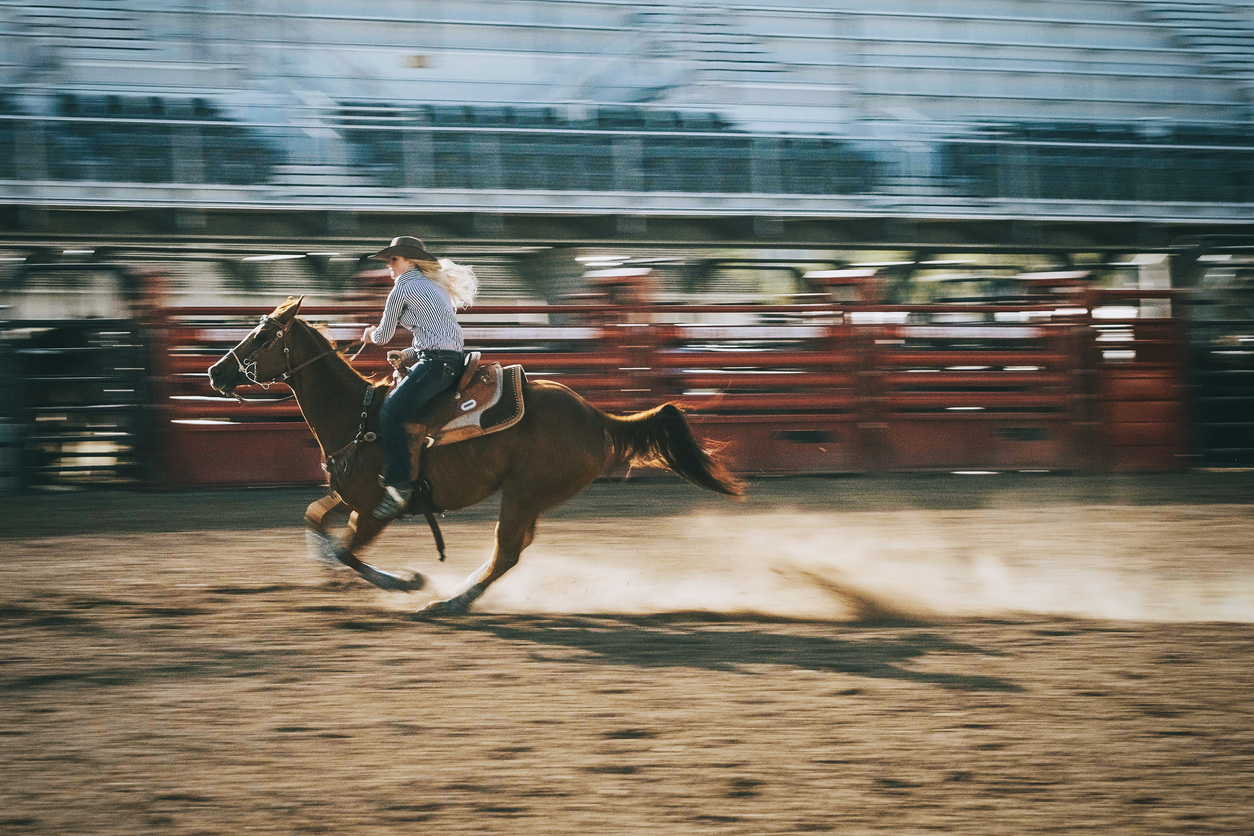Western Horsemanship: Rider and Horse as One

Western horsemanship is a timeless tradition that embodies the harmonious partnership between rider and horse. This discipline goes beyond mere riding; it is about developing a deep, intuitive connection where both horse and rider move as a single, cohesive unit.
Historical Background

Western horsemanship has its roots in the working practices of cowboys and ranchers in the American West. These riders needed horses that were not only strong and agile but also highly responsive and willing partners. Over time, this practical necessity evolved into a refined art form, emphasizing communication, trust, and mutual respect.
Key Principles of Western Horsemanship
- Communication: Effective horsemanship relies on subtle cues and body language, allowing the rider to guide the horse with minimal visible effort.
- Balance and Posture: Maintaining proper balance and posture helps the rider stay in sync with the horse’s movements, enhancing control and comfort.
- Patience and Consistency: Training a horse requires patience and consistent practice to build trust and understanding.
- Respect and Trust: A successful partnership is built on mutual respect, where the horse feels safe and confident.
Training Techniques
Western horsemanship employs various training methods designed to foster cooperation and responsiveness:
| Technique | Description |
|---|---|
| Natural Horsemanship | Uses gentle, non-coercive methods to build trust. |
| Reining | Focuses on precise control and responsiveness. |
| Trail Riding | Enhances the horse’s confidence in diverse settings. |
Benefits of the Rider-Horse Connection
- Improved Performance: A well-synchronized team performs better in competitions and work tasks.
- Safety: Understanding each other reduces the risk of accidents.
- Emotional Bond: The partnership fosters a deep emotional connection, enriching the experience for both.
Frequently Asked Questions (FAQ)
Q: What makes Western horsemanship different from other riding styles?
A: Western horsemanship emphasizes a relaxed, balanced seat and subtle communication, reflecting its origins in ranch work.
Q: How long does it take to develop a strong rider-horse bond?
A: Building trust and understanding can take months or even years, depending on the horse and rider’s experience.
Q: Can beginners practice Western horsemanship?
A: Absolutely! Many training programs cater to beginners, focusing on foundational skills and safety.
By embracing the philosophy of “rider and horse as one,” Western horsemanship offers a rewarding journey that combines skill, patience, and mutual respect, creating a partnership that is both effective and deeply fulfilling.
